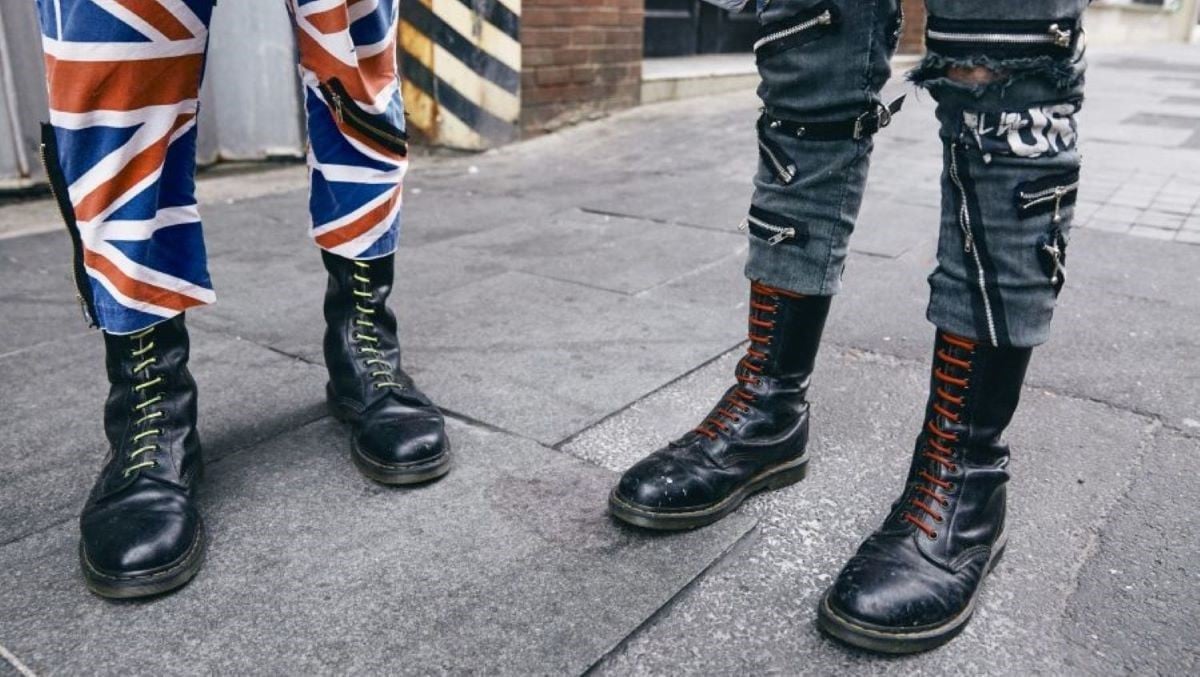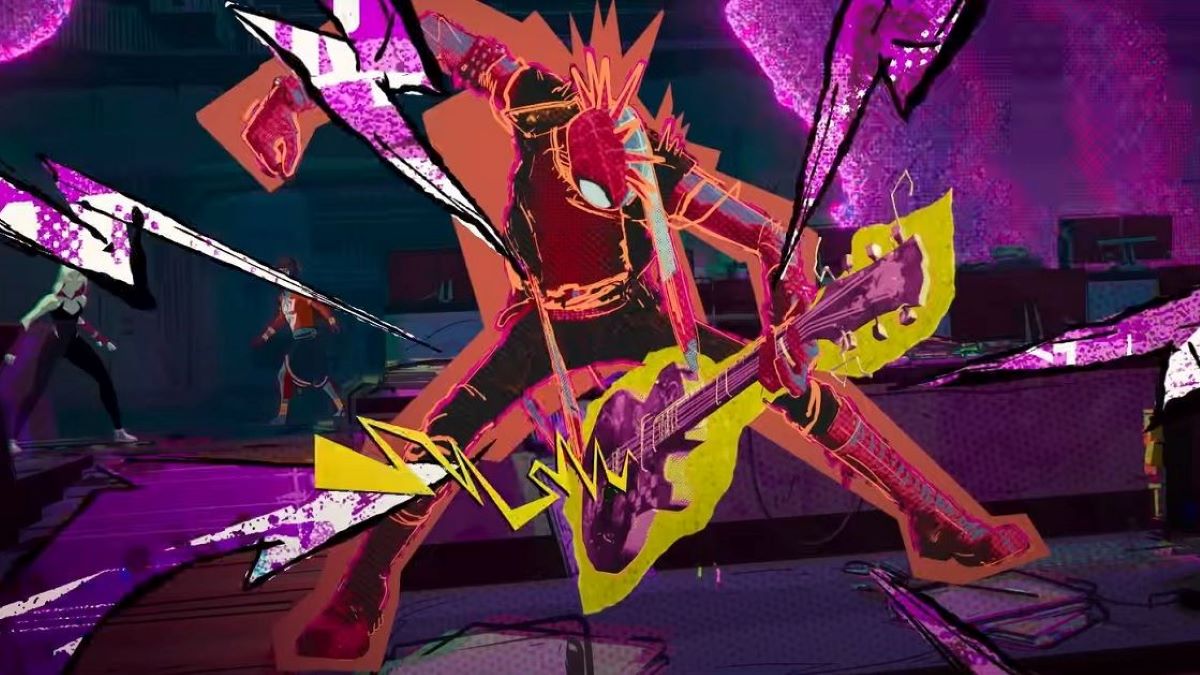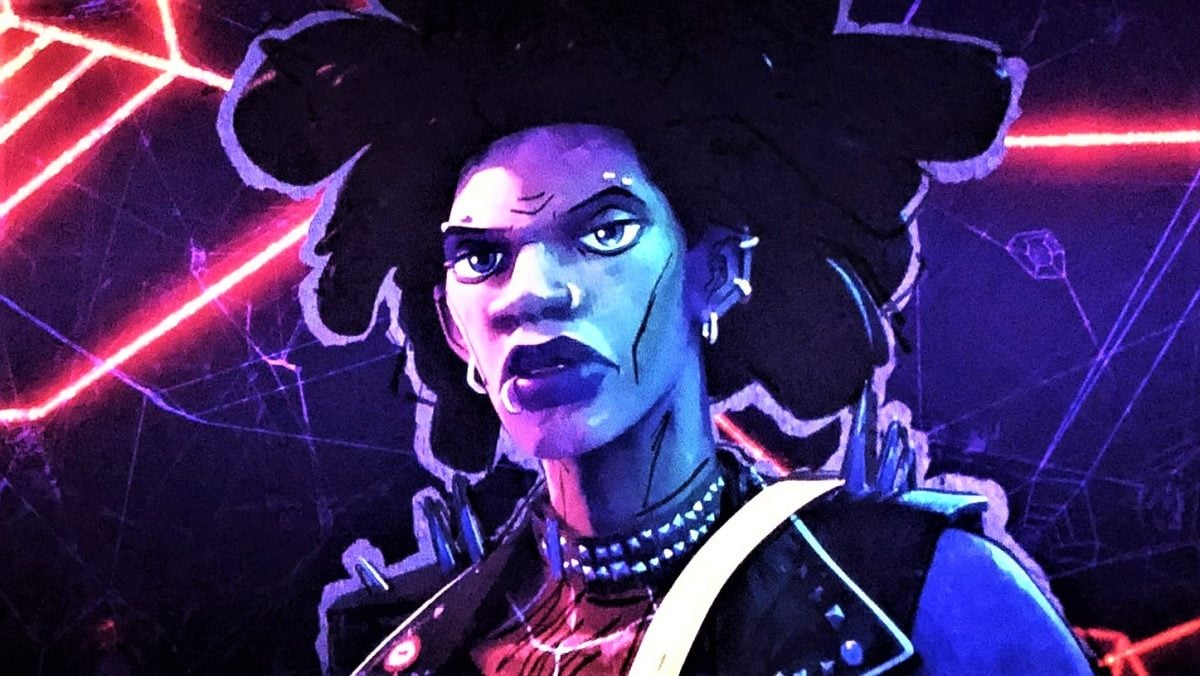Spider-Man: Across the Spider-Verse is continuing the tear things up at the box office, recently crossing the $400 million mark to cement it as a sizeable hit for Sony Pictures. As anyone that’s seen it can attest, it more than deserves its success, delivering an astonishingly beautiful and kinetic adventure packed to the brim with Spider-Man variants.
Of all the many Spider-People packed into practically every frame, there’s one breakout star that’s been turning heads. This is Hobie Brown, aka Spider-Punk. He’s voiced by Black Panther and Nope star Daniel Kaluuya and exudes anti-establishment cool, memorably introducing himself with “I hate the A.M.! I hate the P.M!”
Throughout the movie he stays true to his anarchist beliefs, refusing to go along with Miguel O’Hara’s plans, secretly aiding Miles Morales, and being a firm friend to Gwen Stacy when she needs it most.
However, there’s one teeny detail that’s had eagle-eyed fans figuring out his backstory: Hobie’s blue shoelaces.
What do blue shoelaces mean?

Hobie is completely committed to the punk ideology, which stretches back to the late 1970s and early 80s counterculture movement driven by bands like The Clash, The Sex Pistols, and The Dead Kennedys. One of the most iconic elements of the punk look was steel-toed Doc Martens work boots, that both looked good and were useful in a brawl. As punk developed, it splintered into multiple factions, many of whom came to despise one another.
As such, the “shoelace code” was born that let punks know who was friend or foe based on the color of their bootlaces. For example, yellow laces indicated you were part of an anti-racist movement like Skinheads Against Racial Prejudice, purple laces meant you supported LGTBQ+ causes, and red laces put you down as a member of a neo-Nazi group (with the red signifying blood).
So, what do Hobie’s blue shoelaces signify? Blue laces traditionally mean that you’ve personally killed a cop, and were said to be worn by gang members wanting to show off their violent credentials. They are often seen at anti-law enforcement protests, and symbolize solidarity with groups traditionally persecuted by the police.
Is Spider-Punk a cop-killer?

We don’t know for certain, but it’s certainly implied. As shown in the movie, most Spider-People have a “canon event” based around the death of a police captain. For the original Peter Parker it was the death of Captain Stacy, Miles causes chaos when he saves Pavitr Prabhakar’s girlfriend’s police captain father, and he’s horrified when he realizes his dad may be next in line for death at the hands of The Spot.
Hobie also confirms to Miles that the death of a police captain is also a part of his backstory. Now fans are theorizing that Hobie may have killed his own father in his universe, though the fact that he’s incorporated this into his costume may indicate that he feels this was tragic but necessary.
Spider-Punk will return in Spider-Man: Beyond the Spider-Verse next year, so let’s hope we get a little more insight into his backstory that might flesh this out. Then again, we suspect Sony Pictures isn’t exactly eager to confirm that one of its more popular new characters is a cop-killer, so this may stay in the realm of a convincing fan theory rather than be explicitly shown onscreen.

